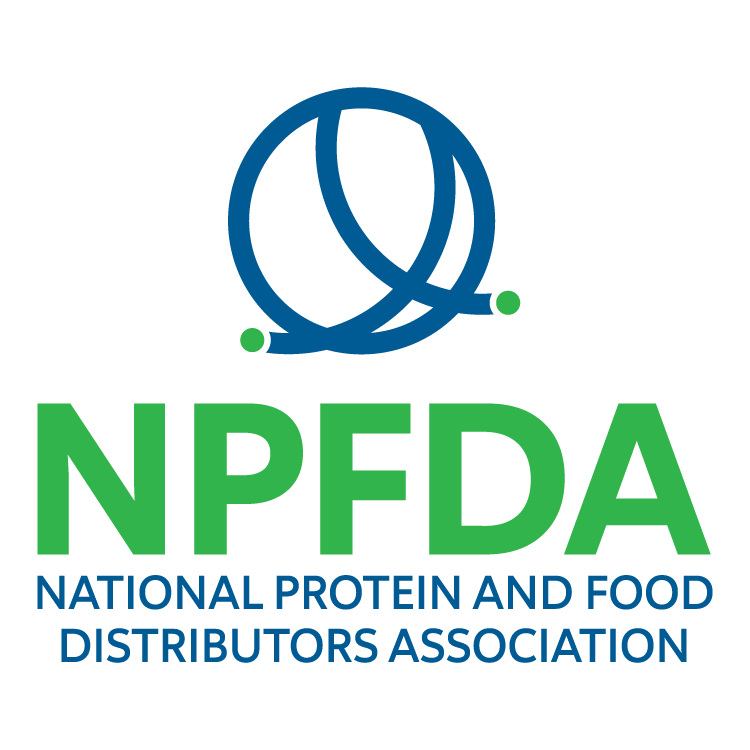First Expire First Out: Poultry Cold Chain Disruption Research
Fasinating research shared with NPFDA by Amit Morey, Ph.D., Associate Professor At Department of Poultry Science from Auburn University.
Over the past 4 years we had conducted research on the effect of cold chain disruption on raw chicken shelf-life and developed “First Expire First Out” models to replace FIFO in poultry supply chain (paper attached) Please feel free to share the paper with our members and I will be happy to explain it as needed to anyone interested.
Major Findings:
- Cyclic temperature abuse led to increase in temperature of raw poultry above 40F. The increase temperature was dependent on the box position on the pallet. The boxes in the top layer were warmed at a faster rate than the ones in the sandwiched layer. Using a thermal imaging camera can be the fastest way to determine which boxes are warmer and hence may have lower shelf-life. Products from warm boxes can be used up faster. Or thermal cameras can be used to demonstrate the effectiveness of the cold chain management to the clients upon delivery of the product. Cost less than $100 and fits on a phone!
- Temperature abuse reduced the shelf-life by 2.5 days. So if a receiver has the information about the temperature abuse, they can quickly put those boxes for sale and not have to reduce the price of the raw chicken or throw away the product.
- We developed equations to predict the “remaining shelf-life (days and %)” as well as “risk of loss” which can help grocers to make data-based decisions. Our equations can bring value to the temperature data being collected by companies! We can use the approach we took to study other products and develop similar equations.
- We have demonstrated a “First Expire First Out” approach to replace FIFO and improve the efficiency of the supply chain.
Brief Synopsis: Raw poultry should be stored at 40F or below to reduce spoilage and prevent the growth of Salmonella and Campylobacter. However, there could be situations e.g. LTL, cross-docking, etc. where the raw poultry temperature may cross 40F leading to increase in bacterial growth and ultimately increasing the spoilage rate. We wanted to study the effects of repeated temperature abuse of raw poultry above 40F on the spoilage and shelf-life in a hypothetical LTL scenario. We procured a pallet of tray packed raw breast fillets kept in corrugated boxes which were stacked on a pallet (5 boxes per layer x 4 layers). We inserted temperature probes in the raw chicken in a tray pack in the center of each box and collected the temperature over 24 hours. The pallet was placed at 40F walk-in cooler for 2 hours and then pulled out to room temperature (73-75F) for 2 hours. We repeated these temperature regimen for 24 hours. These time and temperatures simulated potential extremes of LTL scenario. Tray packs which had undergone temperature abuse were tested for shelf-life in retail conditions. We repeated the study multiple times.
PS:
- We have used some extreme conditions which may be a departure from reality. However, it gives us a model approach to study existing conditions and to figure out ways to improve poultry and food supply chain.
- Seven raw poultry meat pallets were generously donated by a major commercial poultry processor, one of our members. A HUGE thank you to them!
